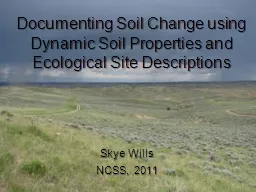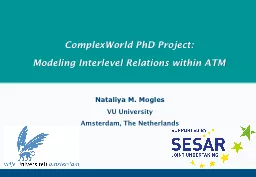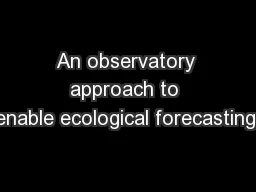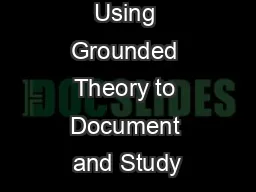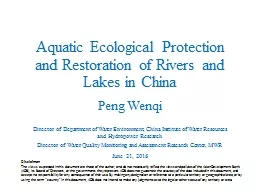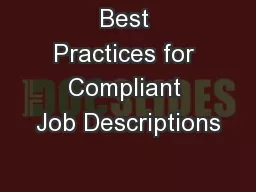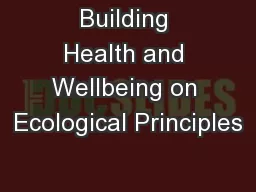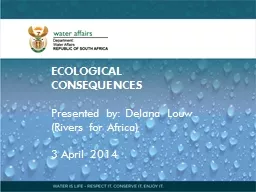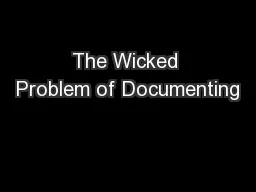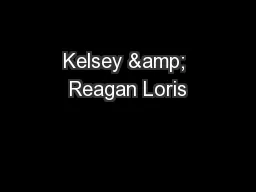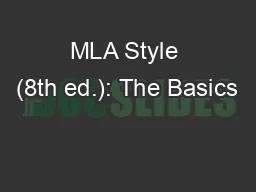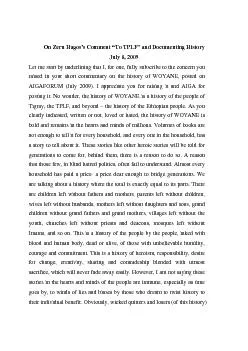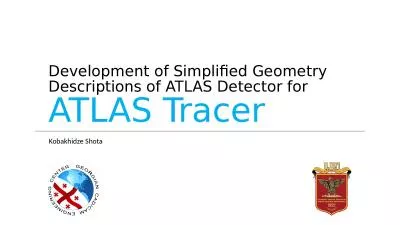PPT-Documenting Soil Change using Dynamic Soil Properties and Ecological Site Descriptions
Author : debby-jeon | Published Date : 2019-06-29
Skye Wills NCSS 2011 Soil and Ecosystem Change Soil Change Guide Document change in soil function applicable over the entire extent of a soil series or component
Presentation Embed Code
Download Presentation
Download Presentation The PPT/PDF document "Documenting Soil Change using Dynamic So..." is the property of its rightful owner. Permission is granted to download and print the materials on this website for personal, non-commercial use only, and to display it on your personal computer provided you do not modify the materials and that you retain all copyright notices contained in the materials. By downloading content from our website, you accept the terms of this agreement.
Documenting Soil Change using Dynamic Soil Properties and Ecological Site Descriptions: Transcript
Download Rules Of Document
"Documenting Soil Change using Dynamic Soil Properties and Ecological Site Descriptions"The content belongs to its owner. You may download and print it for personal use, without modification, and keep all copyright notices. By downloading, you agree to these terms.
Related Documents

